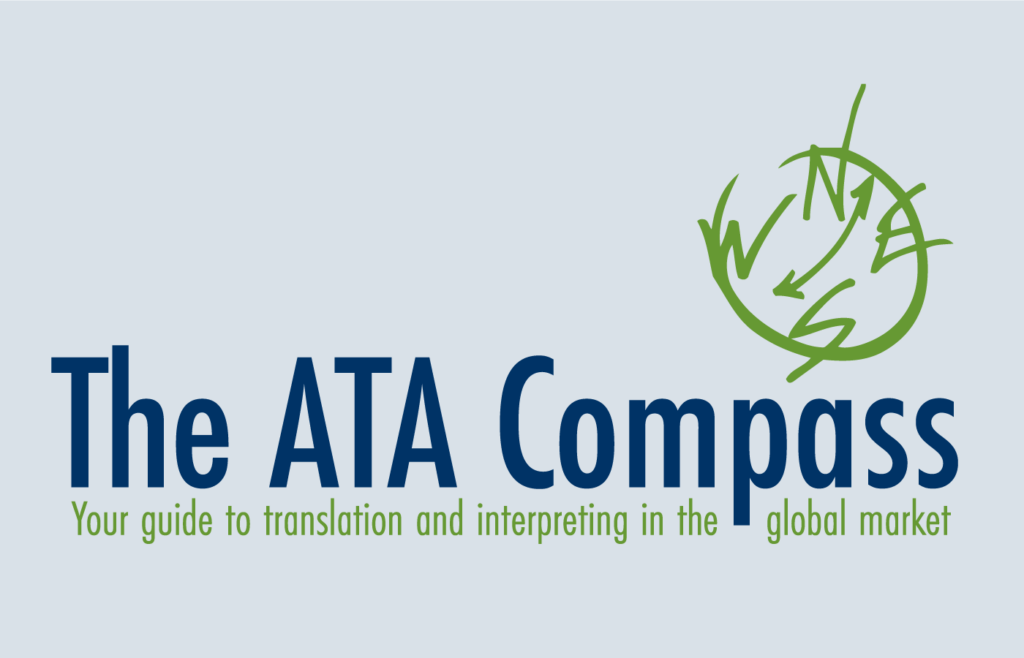How to Avoid Misinformation: Cross-Border Strategies PR Pros Should be Thinking About

At a time when misinformation and fake news are running rampant, communication, and more specifically the written word, is arguably more important than ever. The last thing public relations (PR) pros want to do is jeopardize brand image by miscommunicating to a critical audience. The fact that PR budgets are down and advertising dollars are in short supply due to the ongoing COVID-19 pandemic isn’t helping. Many communications and PR professionals are under intense pressure to get the messaging right.
The risk of sending the wrong message multiplies if you’re communicating in multiple languages, for example, to English as a Second Language (ESL) audiences or target groups in foreign markets. Even a seemingly simple press release—a piece of the PR puzzle that is still very relevant—can end up “lost in translation” without the right preparation in place. If a poorly adapted story gets picked up by the media, you could end up alienating the very people you’re trying to reach.
You can still do more with less if you approach global communications in a way that is often overlooked. Here are some things you should be thinking about if you want to avoid misinformation and make your message count.
Make Multilingual a Forethought, Not an Afterthought
Although the role of corporate communicators has evolved rapidly in the digital age, PR often remains an afterthought. This means that PR pros and language professionals like me share a common bond: we work behind the scenes and the vital role we play in the company’s success can easily go unnoticed. Ironically, if you can’t tell you’re reading material that has been translated from another language, then we’ve done our job.
That’s probably one of the reasons why translation, localization, and transcreation are often overlooked and undervalued when designing international communication campaigns—and why, after months of planning and polishing, this step frequently gets farmed out at the last minute.
PR pros know that public relations should be at the center of the marketing mix, especially in today’s digital world. The same philosophy should be applied when sending messages across borders. In other words: as communicators, we need to think international from the start.
How do you do that? It starts with your own writing. For example, you may love sports metaphors, but they’ll likely fall flat on the other side of the globe. So, avoid clichés and other references that might only apply in your country. That goes for visuals, too. The same image in one market might carry a completely different meaning in another.
The next step is to involve language professionals early. Here’s the thing: You know your business and your industry inside and out. Your company has core values—a culture that you live and breathe every day. You want to project that out into the world. For these qualities to come alive in your communications, all your messengers need to understand your business.
If working with an agency, be sure they are tapping into premium talent with subject-matter expertise. Then make sure you have direct access to the content creators—get to know them and maintain an ongoing relationship. Doing so will save time and effort down the road and help you avoid misinformation communications along the way.
Prioritize, Prioritize, Prioritize!
Now that you’re taking an active role in catapulting your content across language barriers, it’s time to focus your energies on what’s most important. In short: you don’t have to translate everything. Pull your team together to determine your requirements. Consider using the 80/20 rule and focus on critical content—the 20% that will generate 80% of your results. Prioritizing your key content will help ensure you get your message right, reduce time and effort, and protect your budget.
This may sound like common sense, but brands of all shapes and sizes have made blunders because they oversimplified the process. For example, German journalists have a low tolerance for marketing speak. They are typically well versed in the topics they cover, want detail, and ask lots of questions. However, we still see one-to-one translations of press materials from the U.S. and the U.K. that read like a sales pitch—and cause German editors to lose interest fast. In this case, you can omit that glossy marketing presentation from the press kit and instead include a localized release and perhaps some FAQs for this detailed-oriented audience.
By prioritizing what matters most, you can also take the time to integrate your local PR teams into the process and understand the local market demands. If you’re not a global player, this approach will free up the budget to consult cross-cultural communications specialists, such as translators and interpreters. You’ll be surprised what you can cut right from the get-go. Cultural awareness allows you to spot those aspects of a campaign that will be difficult to adapt in a foreign market, not to mention potentially uncovering local hot topics and new opportunities.
This approach also applies to the languages in which you are communicating. Don’t treat them all the same. Some languages are likely more valuable to your business. Prioritize your biggest markets and most engaged audiences.
Specialization Matters
In the language business, we differentiate between content that is “for-information” and “for-publication.” That’s because it takes a different skillset to transfer each type into a valuable foreign-language asset. Obviously, public relations would have a different name if it wasn’t for publication, but it makes sense to take a closer look at your materials. Are you simply conveying information or are you engaging customers?
Think of it this way: You wouldn’t ask a technical writer to pen marketing copy, so your language pros need to be comfortable in the PR space. Someone who specializes in your particular vertical or specialization—be it public affairs, community relations, crisis management, etc.—is an added bonus.
Whether you’re trying to interest new journalists or inspire new fans, you want polished content that’s ready for the showroom. An inexperienced translator—or even a well-intentioned bilingual colleague—may produce content that is accurate yet overly influenced by the original language, resulting not only in clunky writing and awkward vocabulary but also content that doesn’t match the local media preferences. You want someone who specializes in PR, produces content that reads like an original copy written by a native speaker, and understands how to maximize return on investment in the target market.
Try to Avoid Misinformation at all Costs
PR, like language itself, is a nuanced business. Conveying a clear message and avoiding misinformation in today’s world is a real challenge. It’s a bit ironic that PR and language professionals often aren’t talking to one another right from the start. PR pros who think beyond borders have an opportunity to increase their value within the organization. Making multilingual a forethought could mean the difference between fully connecting with your audience or completely miscommunicating your message.
About the Author
Matt Baird is a German-to-English translator and copywriter, certified by the American Translators Association (ATA), which represents over 10,000 translators and interpreters across 103 countries. Matt helps German brands elevate their English content by delivering translations that read like originals and compelling copy that resonates with readers. Matt also hosts The ATA Podcast. For more information on ATA and to hire a translation or interpreting professional, please visit stg-americantranslators-staging.kinsta.cloud. Connect with Matt on Twitter: @boldertransl8or.
ATA is Making News
ATA provides content for professional and trade publications to spread insight to a wide range of readers. This article appears in the following publications:
- Prowly Magazine (November 2020)







